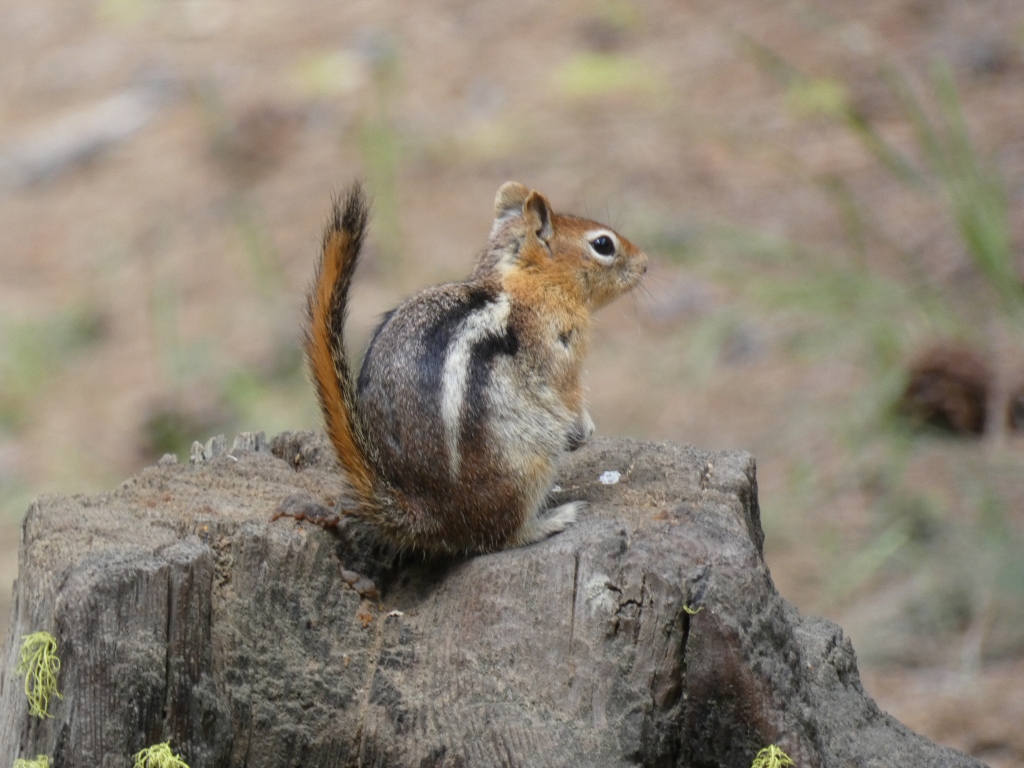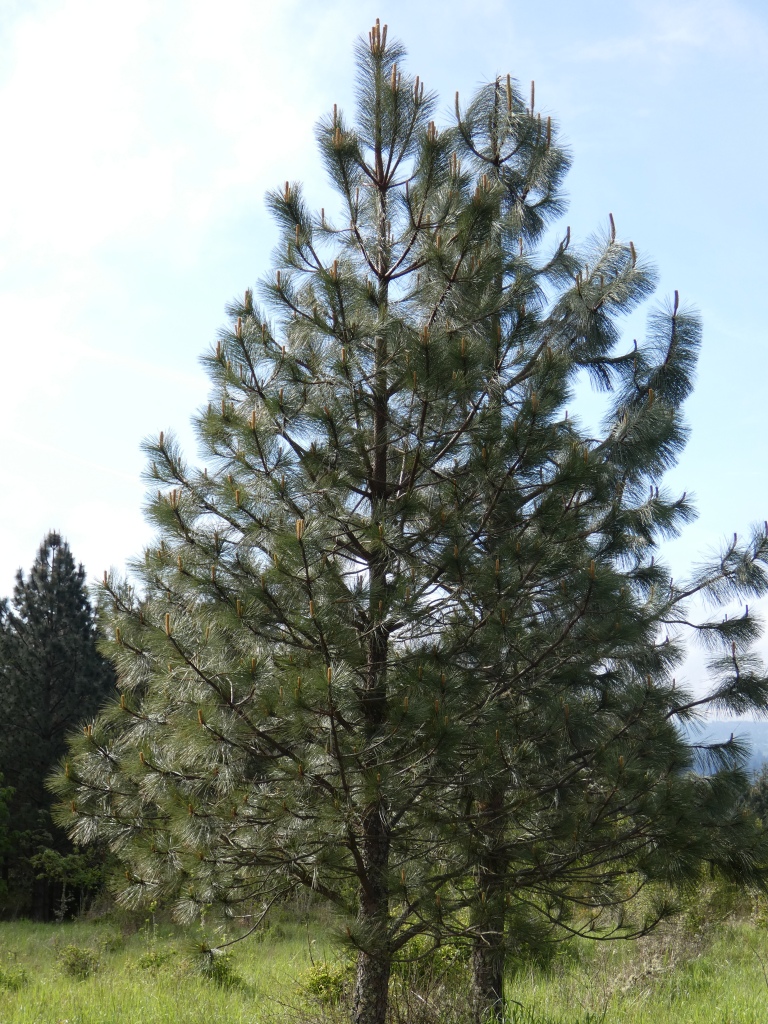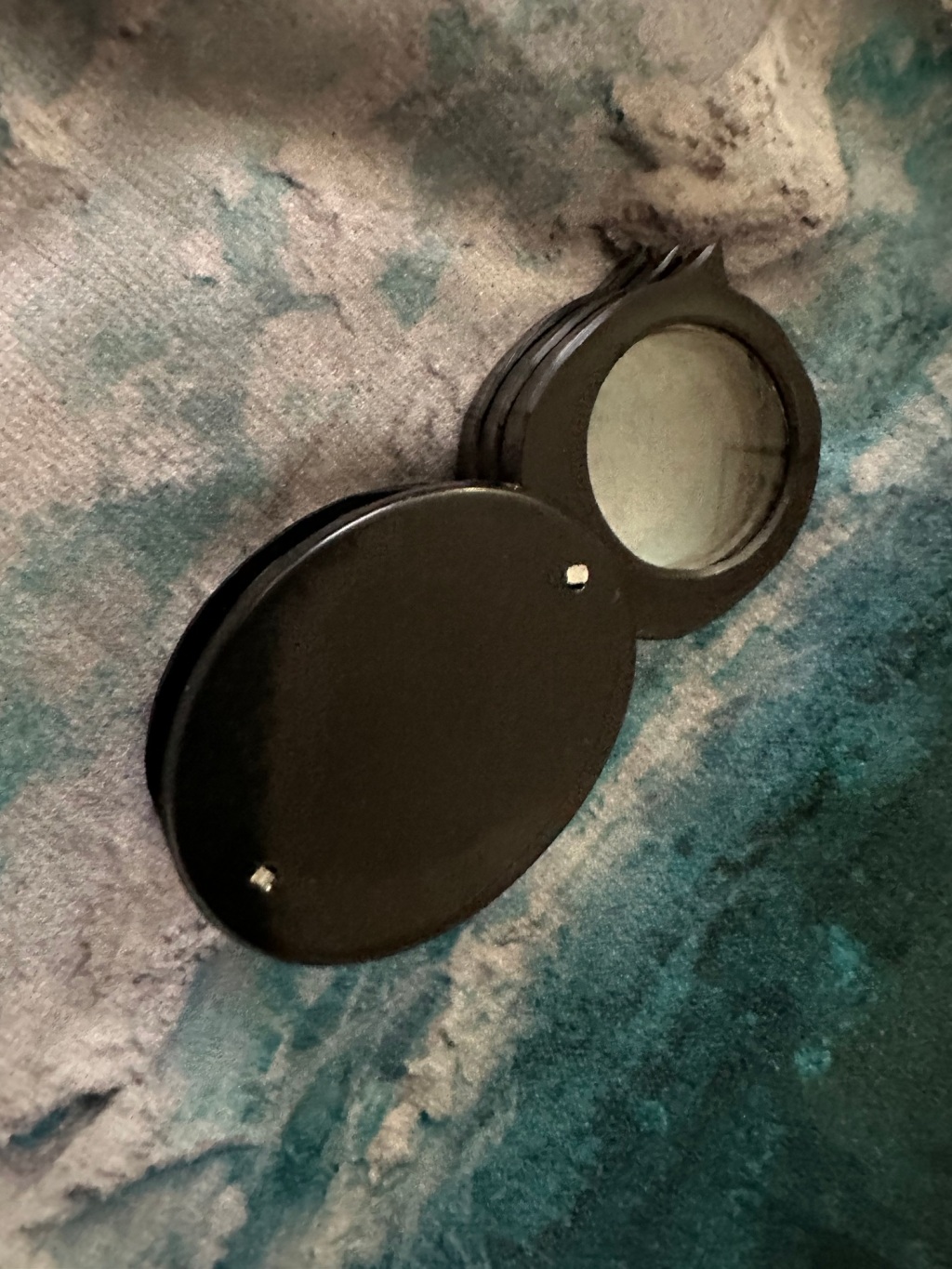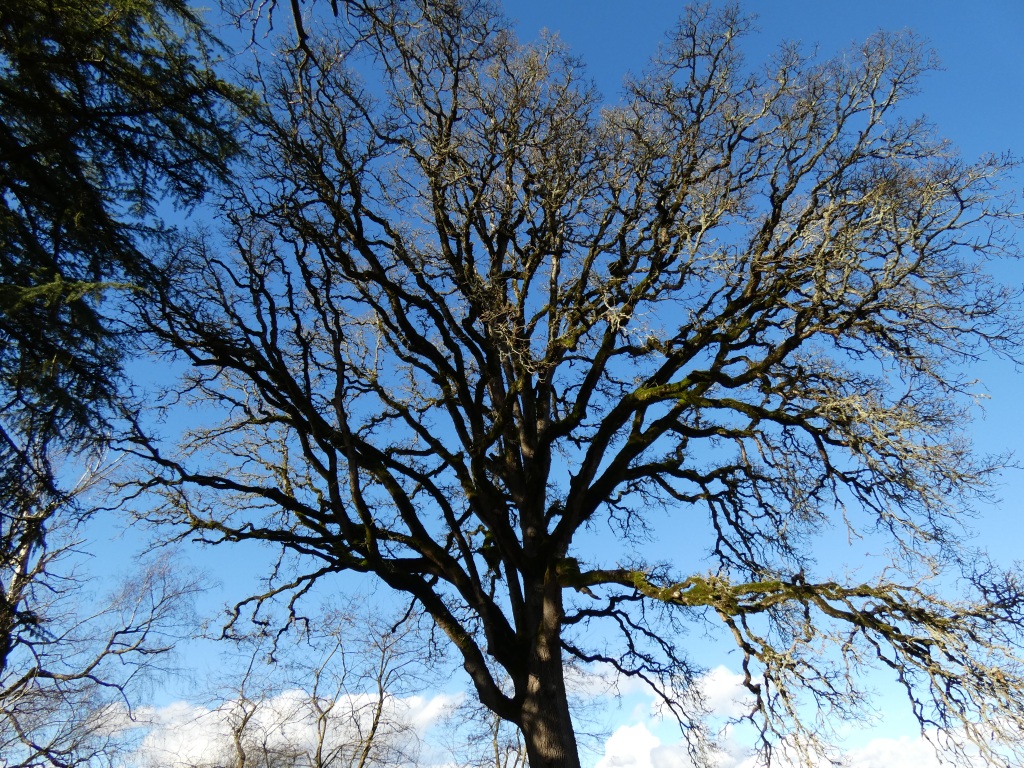You are outside walking…in your neighborhood…a park…a faraway place… it doesn’t really matter. When suddenly, there in front of you is something new. Something you’ve never seen before! And you want to figure out what it is!!! But how…?
This is an area that I will be the first to admit I am still consistently working on. There are a lot of amazing plants, animals, fungi, and more on this planet, even in our backyards, and I think that is part of the fun of being a naturalist. There is always going to be something new to learn or something that will surprise us. Part of this is because there are many different factors that lead to the subtle differences between similar species. And as one fellow naturalist recently told me “As long as you or someone else isn’t planning to eat it” it’s probably ok if you misidentify things once in awhile.
So how might we start learning to identify something we encounter? I would suggest starting with four observations, which I will explain in more depth below:
- Size
- Shape
- Site
- Shade
Sizing Up The Situation
One of my favorite new tools that I’ve started carrying in my naturalist kit is a measuring tool. Depending on the trip, the one I pack might vary from this great printable from John Muir Laws to a credit card size magnifier that has a small ruler on the edges. I’m hoping to add a tape measure to my kit, but have yet to find the right one.

But the reason I carry these around is that I noticed I was often missing key information when trying to boost my identification skills when I had to estimate how big or small something was. This was especially helpful as I’ve started trying to learn to ID animal tracks – it makes a big difference if it could be from a neighbor’s cat, a roaming bobcat from the wetlands, or a mountain lion.
With plant leaves, I also like being able to measure in multiple directions, both length and width. I will have to keep estimating height until I can find a good tape measure. I often make notes about these in my journal as part of tracking what I have seen and adding a name once the ID is confirmed.
This is not to say that size comparison is an invalid strategy. Looking at how a flower, seed, or fruit compares to the size of the leaves can be very helpful information. Using familiar birds as a comparison can be helpful as well – in fact the Merlin app uses this in their step-by-step system when asking how the bird you’ve seen compares to sparrows, robins, crows, or geese (which can vary quite a bit in size themselves I’ve learned).
The Shape of Yew (and other things)
The second factor that can be quick to observe is the general shape of the species. For leaves, you can often use a guide like the one below to help describe the shape. Though sometimes I find it easier to describe something it reminds me of, rather than being so worried about the technical name. Lanceolate leaves tend to look like a sword, while palmate looks like a hand. Think about what shape(s) you might use to try and draw it.

Where is the widest/narrowest point? Make sure to look closely and take your time, it may not always be where you expect. During an outing earlier this year, I realized that sword ferns have a thumb-like protrusion nearest where they connect to the stem, meaning I had been drawing them wrong for years. I would also recommend looking at quantity as part of the shape – like the number of leaves per branchlet, needles clustered together, or the number of petals on a flower.
With animals, it can be helpful to notice if they have a shape that reminds you of something familiar. Golden Mantled Ground Squirrels have a similar shape to a chipmunk, but noticeably larger. Or look at the shape of specific parts of their body. If you are able to when observing a bird, looks for the shape of the wing or bill as this can be very helpful. This can also give us hints about the diet of the animal, as it requires different structures to feed on nectar vs. seeds. vs insects. Shape can tell us a lot.

Within Site
Location, location, location… where you are observing the species can also have a big impact. On a recent outing with my fellow Oregon Naturalists, we were able to encounter several interesting examples. One was the Ponderosa Pine. If you have visited an area east of the Cascade Mountain Range, you are likely familiar with the towering Ponderosa Pines, whose reddish bark sometimes shows signs of char and which can fill the air with notes of butterscotch and vanilla in the warmer months. But those trees can look quite a bit different from the short, often scrubbier Willamette Valley Ponderosas, which have a greyish brown bark.
Another is that the same species may have a different appearance depending on where it grows. Poison oak can grow in the open oak savannas of the Willamette Valley as a short, sometimes red-tinted, shrub. The higher levels of anthocyanin help to protect in from the more direct sunlight. But in shady woodlands, Poison Oak will often appear brighter green and creep up trees like a vine. This is one reason when I encounter something new, I often like taking photos, so that I can add details to my notes later. Or have proof of an encounter with a new (to me) or unexpected species.

Throwing Shade
The characteristic that many people (myself included) often jump to when trying to identify something new is the use of color. In fact, Amy Tan does a beautiful job modeling a strategy for this in her new book “The Backyard Bird Chronicles”. But something I have come to realize as I have gotten older is that color is not a universal experience. Our eyes can literally see colors differently, depending on the number of different cones. Furthermore, we might use a completely different name to describe a color that we are seeing. I tend to compare colors a lot to something I have seen in nature. I’m not quite sure how best to describe color, along with how light or dark something is, so for now I chose the word shade to describe it.
It is also important to consider where certain areas of shade are located. Where is it lighter? Where is it darker? Could the weather conditions, sunlight, or site play a role? Genetic variation can also play a role here. Stream violets can be yellow or white. Some flowers will change color when pollinated. I sometimes wonder what it would be like to see the world through other animals eyes and what names they might use to describe different shades or hues.



Leave a comment